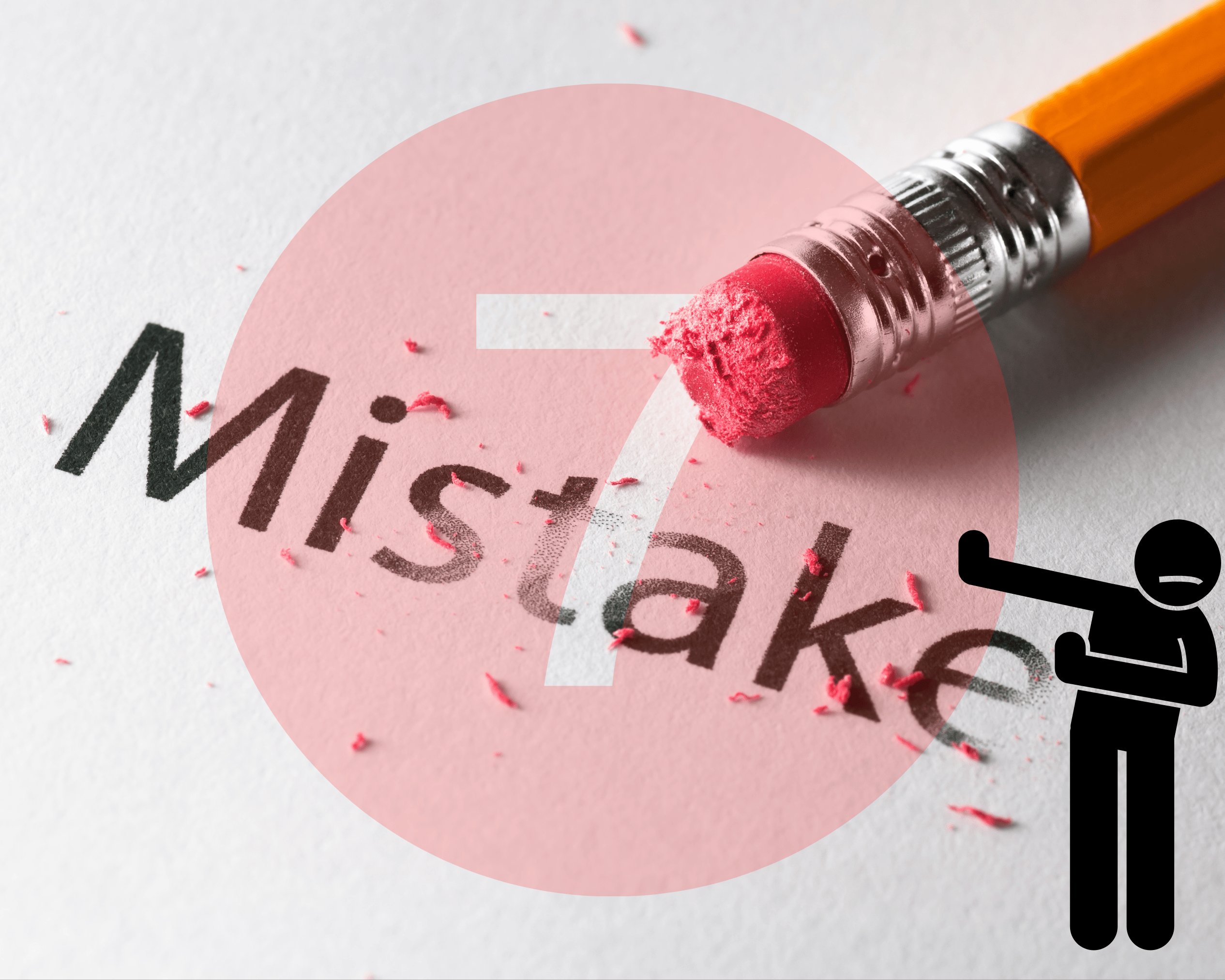When buying or selling a business, business value and sale price are two distinct concepts that can often differ significantly. Here's the key difference:
- Business Value: This is the estimated worth of a business based on financial metrics, assets, market position, and future earnings potential. It’s calculated by professionals using structured methods like the asset-based, income, or market approach.
- Sale Price: This is the final amount agreed upon during negotiations. It’s influenced by factors like market trends, buyer interest, seller motivations, and negotiation skills.
For example, a business valued at $500,000 might sell for $350,000 in a weak market or $650,000 in a competitive one. Understanding this gap is critical for setting realistic expectations and making smarter decisions in acquisitions.
Key takeaways:
- Business value provides a starting point for negotiations.
- Sale price reflects market conditions and negotiation dynamics.
- Focusing on both ensures better deals and avoids costly mistakes.
The article explores how these concepts influence acquisitions and offers tips for bridging the gap between calculated value and final price.
1. Business Value
Definition and Purpose
Business value represents the worth of a company, determined by its financial health, assets, market standing, and potential for future earnings. Experts typically assess this value using three main approaches:
- Asset-based: Calculates the business's net worth by subtracting debts from owned assets.
- Income approach: Focuses on projected cash flows to estimate value.
- Market approach: Compares the business to similar companies that have recently been sold.
The main goal of determining business value is to establish a solid starting point for negotiations, offering both buyers and sellers a baseline rooted in financial data.
Key Influencing Factors
Several elements influence how a business's value is calculated, with the weight of each factor varying by industry and specific circumstances.
Financial performance is at the heart of most valuations. Metrics like revenue trends, profit margins, cash flow stability, and debt levels all play a major role. For instance, a company with consistent revenue growth is likely to command a higher valuation than one with flat or declining sales.
Tangible and intangible assets also contribute significantly. Physical assets - such as equipment, inventory, real estate, and cash reserves - are easier to quantify. Meanwhile, intangible assets like customer loyalty, brand reputation, proprietary systems, and skilled employees can add substantial value, even if they’re harder to measure.
Market position and competitive advantages further shape a company’s perceived worth. Businesses with exclusive supplier agreements, prime locations, or a commanding local market share often receive higher valuations compared to competitors without these benefits.
Lastly, industry conditions and growth potential play a crucial role. Companies in thriving industries tend to receive premium valuations, while those in declining sectors may struggle to maintain high value, even with strong individual performance.
Subjectivity vs. Objectivity
While business valuation relies on structured methods, it also involves subjective judgment. Different appraisers can arrive at vastly different figures for the same company.
The valuation method chosen introduces variability. For example, an appraiser focusing on an asset-based approach might value a manufacturing business differently than one prioritizing future income potential. Similarly, market-based valuations depend on which comparable businesses are selected.
Assumptions about future performance also add a layer of subjectivity. Cash flow projections require predictions about market trends and growth, which can vary widely. Some appraisers take a cautious approach, while others adopt more optimistic forecasts.
Risk assessments further complicate the process. For example, one appraiser might view heavy reliance on a single customer as a significant risk, while another might consider it less problematic, leading to differing valuations.
Practical Implications
Understanding business value plays a pivotal role in acquisitions. For sellers, it provides a realistic basis for setting asking prices and strengthens their position during negotiations. For buyers, it helps avoid overpaying and highlights opportunities where a business might be undervalued.
Valuations also impact financing decisions. Banks and SBA lenders often require formal appraisals and typically lend only up to the appraised value, regardless of the agreed-upon sale price.
Ultimately, business value serves as a reference point for negotiations and strategic decision-making. While the final sale price may deviate due to market conditions or negotiation dynamics, calculated valuations remain a critical foundation for shaping offers and counteroffers.
Next, we’ll explore how real-world factors influence sale prices, often leading to outcomes that differ from these initial calculations.
Value vs. Price in Business Valuation: Key Insights for Financial Advisors | FP Transitions

2. Sale Price
Once a business's intrinsic value is determined, the next step is understanding how practical factors shape its actual sale price.
Definition and Purpose
The sale price is the final amount that both the buyer and seller agree upon during negotiations. While a business’s estimated value is based on calculations and projections, the sale price reflects the outcome of real-world discussions and agreements.
Key Influencing Factors
Several elements in the small and medium-sized business (SMB) acquisition market influence the final sale price:
- Financial Performance: Metrics like SDE (Seller’s Discretionary Earnings) or EBITDA (Earnings Before Interest, Taxes, Depreciation, and Amortization) play a critical role. Stronger financial health typically leads to a higher price.
- Business Characteristics: Factors like efficient operations, reliable management, and steady recurring revenues make a business more attractive to buyers.
- Market Conditions: Broader market trends and industry benchmarks can either raise the price or apply downward pressure.
- Motivations of Both Parties: The urgency or flexibility of the buyer and seller can significantly sway the final number.
- Negotiation Skills: A well-handled negotiation process is often the deciding factor in setting the final price.
Practical Implications
Being aware of these factors allows sellers to present their business in the best possible light and helps buyers make informed offers. While subjective assumptions may shape initial valuations, it’s the strategy and skill in negotiations that ultimately settle the sale price. A solid understanding of these dynamics is essential for navigating the process successfully.
sbb-itb-a3ef7c1
Pros and Cons Comparison
When deciding between focusing on business value or the final sale price in acquisition strategies, understanding the trade-offs is essential. Each approach comes with its own strengths and challenges, and the right choice depends on your goals and circumstances.
Here’s a breakdown of how these two approaches compare:
| Aspect | Focusing on Business Value | Focusing on Sale Price |
|---|---|---|
| Primary Advantages | Relies on solid, data-driven metrics like SDE and EBITDA, offering a reliable foundation for long-term profitability. | Speeds up deal closure and provides flexibility in competitive bidding scenarios. |
| Key Disadvantages | Demands more time and resources for a thorough analysis. | Increases the risk of overpaying due to short-term pressures, potentially leading to financial strain. |
| Market Sensitivity | Prioritizes long-term fundamentals, helping to weather short-term market changes. | Reflects current market sentiment, which can be more volatile and influenced by economic conditions. |
| Negotiation Position | Strengthens your stance with credible, data-backed arguments during price discussions. | Leaves less room for negotiation, making buyers more susceptible to seller demands. |
| Long-term Outcomes | Supports sustainable growth and reduces the risk of financial strain after the acquisition. | May lead to higher debt and cash flow challenges, impacting returns in the long run. |
This table highlights how each focus shapes acquisition strategies and their potential outcomes.
The Risk of Price-Focused Thinking
Focusing solely on the sale price can be risky, especially in competitive or high-pressure environments. Short-term market conditions, like rising interest rates or economic downturns, can drive buyers to overpay. This often results in cash flow problems, increased debt, and diminished returns on investment.
The Value-First Advantage
Taking a value-first approach involves conducting a detailed business valuation using tools like discounted cash flow analysis, SDE, or EBITDA multiples. While this method requires more time and effort, it provides a clearer picture of a business’s fundamentals. This reduces the risk of costly mistakes and ensures that acquisitions are based on sound financial principles.
Bridging the Gap Through Strategic Negotiation
The best acquisitions find a middle ground between careful valuation and flexible deal-making. Incorporating strategies like earn-outs, seller financing, or performance-based adjustments can help reconcile the gap between calculated business value and the final sale price. These techniques ensure the deal remains financially viable while adapting to real-world market conditions.
Conclusion: Using Both Concepts for Better Deals
Grasping the distinction between business value and sale price can help you avoid costly acquisition pitfalls. Smart buyers and sellers know these concepts complement each other, leading to better deal outcomes when used together.
Start by grounding yourself in valuation metrics. For smaller firms, focus on SDE multiples; for larger businesses, look at EBITDA multiples. Study industry benchmarks and evaluate key factors like how reliant the business is on the owner, customer concentration, recurring revenue, and growth potential. These elements help determine a fair price.
One important takeaway is that business valuation acts as a shared foundation during negotiations. Solid valuation data ensures discussions are rooted in financial realities, even as subjective aspects like goodwill require a bit of judgment.
Keep in mind that many buyers approach pricing through a debt-service lens. They ask, "What can I afford to pay while still covering debt, salary, and expenses with some breathing room?" instead of focusing solely on valuation multiples. This approach is especially common in the private markets for small and mid-sized businesses, where standards vary widely.
Once you have a clear valuation, shift your focus to strategic preparation. Go beyond the numbers in your due diligence. Understand the seller’s motivations, timeline, and flexibility. This insight allows you to craft offers that balance calculated value with market realities.
The most successful acquisitions happen when buyers combine a deep understanding of intrinsic value with a keen awareness of market dynamics. This transforms them from passive participants into strategic negotiators, ready to secure deals that deliver lasting value.
FAQs
How do market conditions affect the sale price of a business, and what can sellers do to maximize it?
Market conditions heavily influence the final sale price of a business. Elements like industry trends, the broader economic climate, and buyer demand can either push prices higher or cause them to dip. For instance, when the economy is thriving and demand for businesses in your sector is strong, you might secure a higher price. Conversely, an economic downturn can lead to lower valuations.
To get the best possible sale price, it’s crucial to emphasize what makes your business valuable. This might include consistent cash flow, loyal customers, and clear growth opportunities. Timing also matters - selling when market demand is high can make a big difference. Being well-prepared for negotiations and understanding market trends will also give you an edge. Positioning your business strategically is key to achieving the best result.
What are the main differences between the income, asset, and market approaches to valuing a business?
The income, asset, and market approaches are the three main ways to determine a business's value, with each method focusing on a different aspect of what contributes to its worth.
- Income Approach: This method looks at the business's potential to generate future cash flow. A common technique here is discounted cash flow (DCF) analysis, which estimates the present value of those future earnings.
- Asset Approach: This approach calculates value by focusing on the company’s net assets. It subtracts liabilities from the total value of both tangible and intangible assets to arrive at a valuation.
- Market Approach: This method compares the business to similar companies that have been sold recently. It often uses metrics like revenue multiples or EBITDA multiples for comparison.
Each method has its advantages and is suited to specific scenarios. For instance, the income approach works well for businesses with strong growth potential. The asset approach is more fitting for companies with significant tangible assets. Meanwhile, the market approach is ideal when there’s enough data on comparable sales. Knowing how these methods work can help you pick the best strategy for determining a business's value.
How can buyers and sellers close the gap between a business's value and its sale price during negotiations?
When buyers and sellers work together to determine a business's value and agree on a sale price, open communication is key. It's important for both sides to understand each other's priorities and remain flexible in how the deal is structured. One useful strategy is incorporating earnout agreements, which tie a portion of the sale price to the business's future performance. This can help bridge gaps in valuation expectations.
Other factors to weigh include current market trends, the business's potential for growth, and any unique circumstances that could influence its value. By working collaboratively and staying open to adjustments, both parties can achieve outcomes that align with their financial and strategic objectives.











.png)




























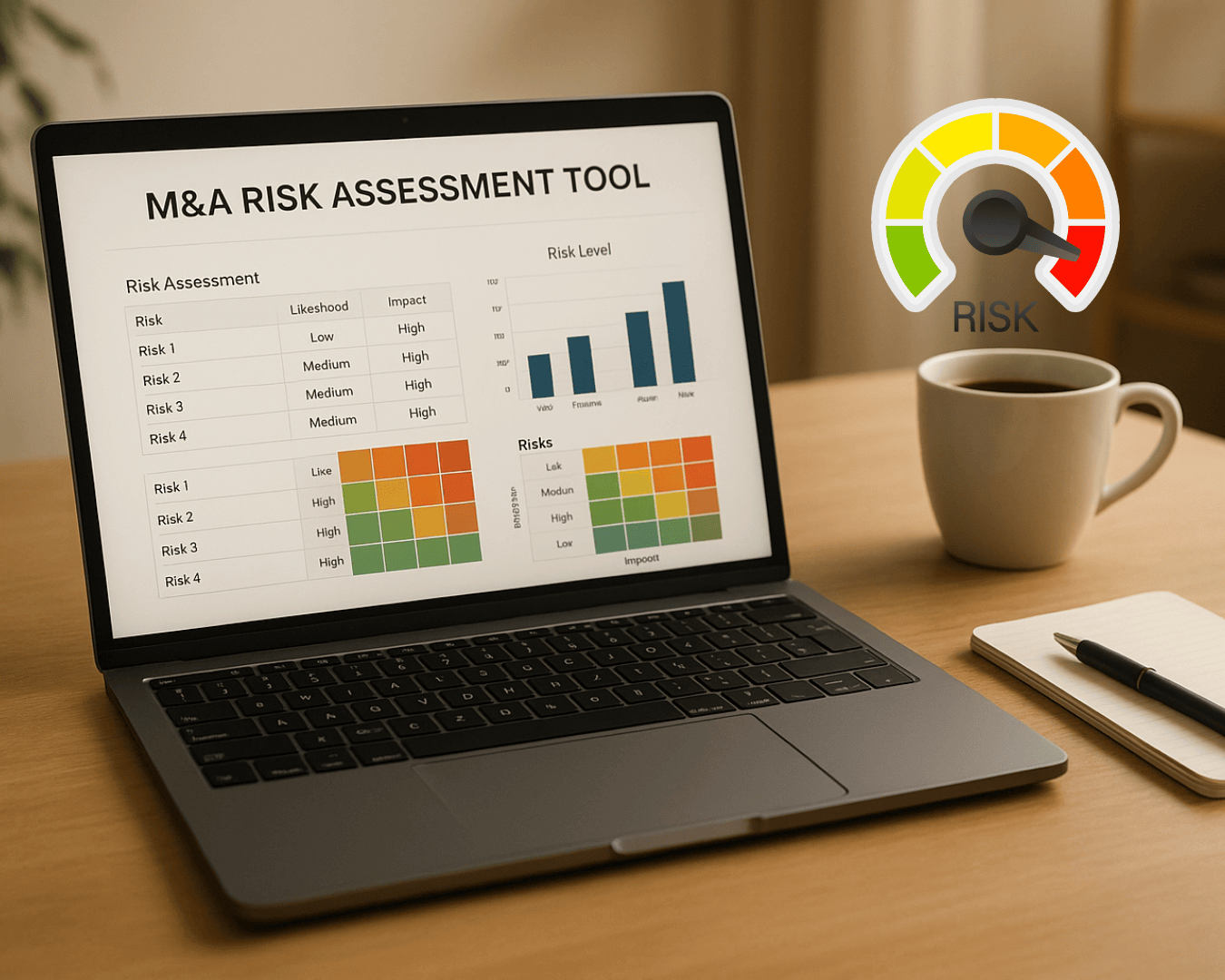

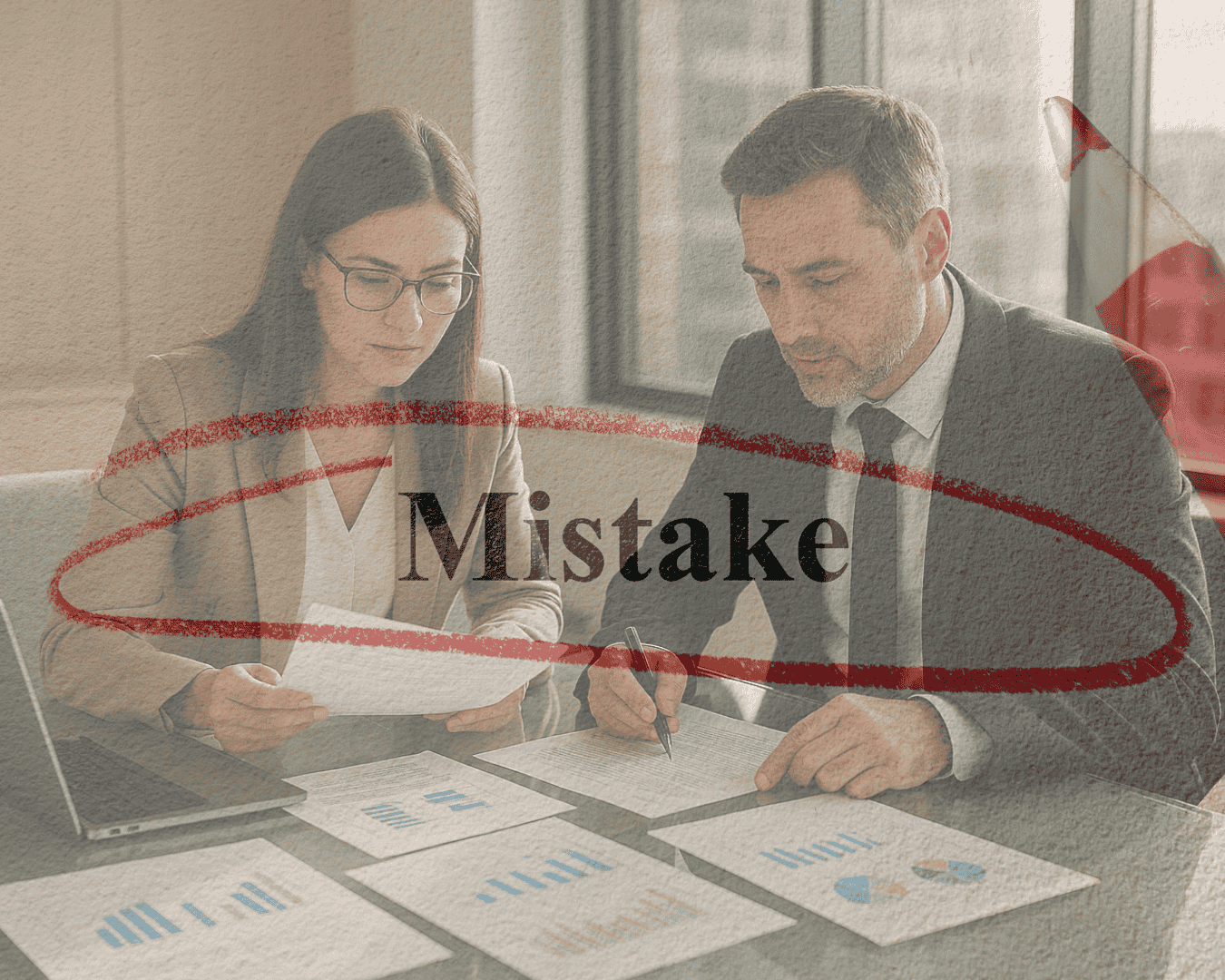
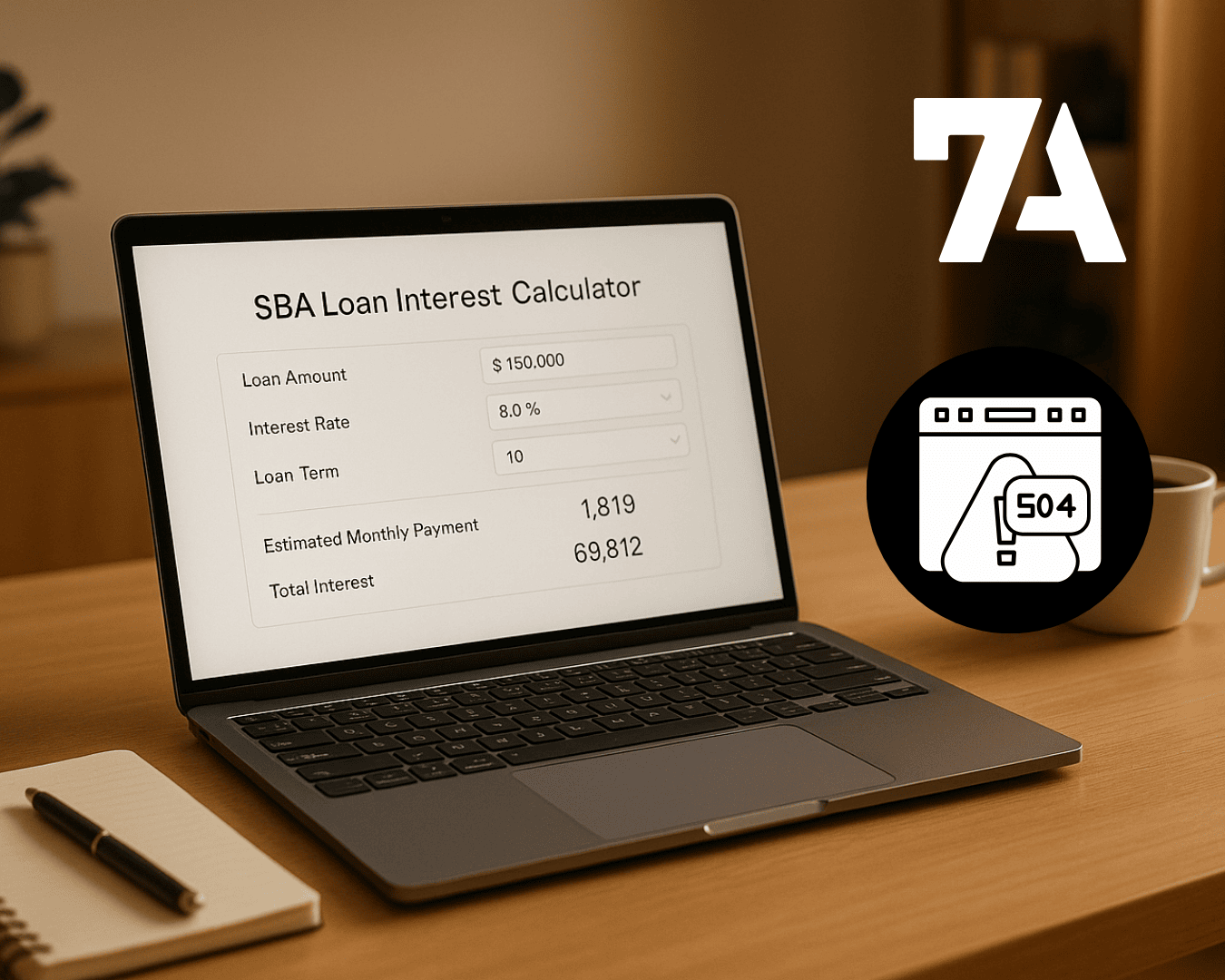








%20Loan%20Application%20Checklist.png)
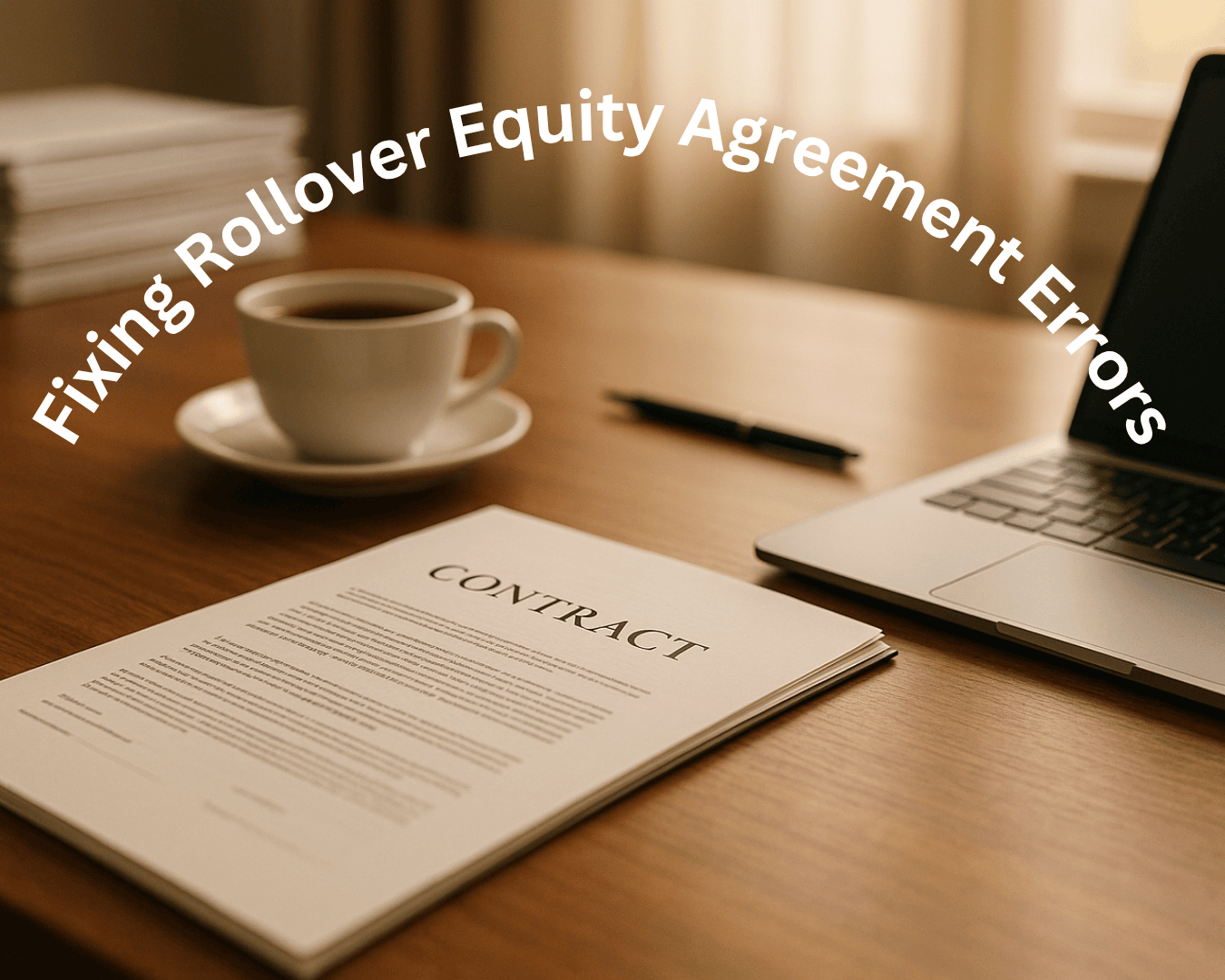
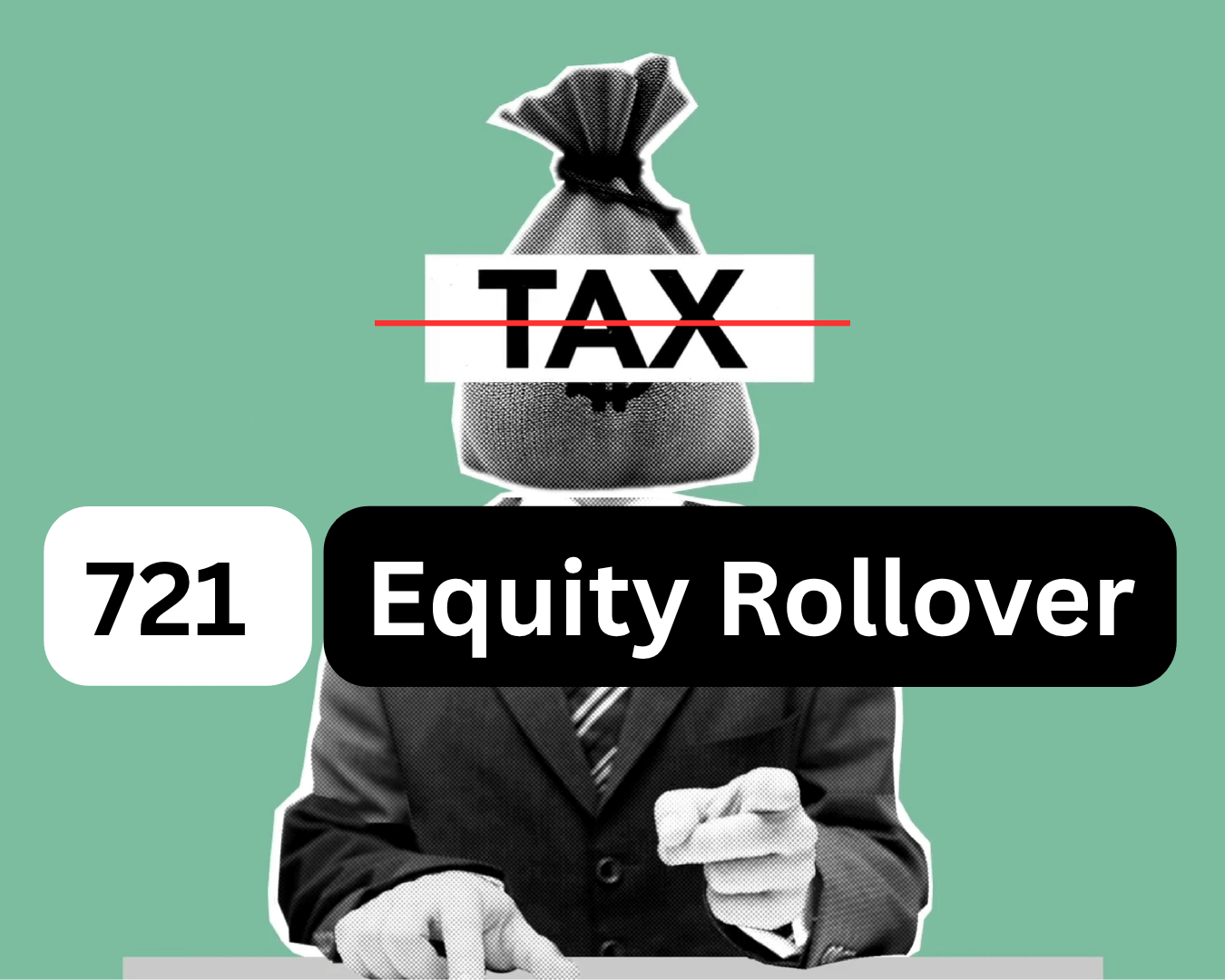















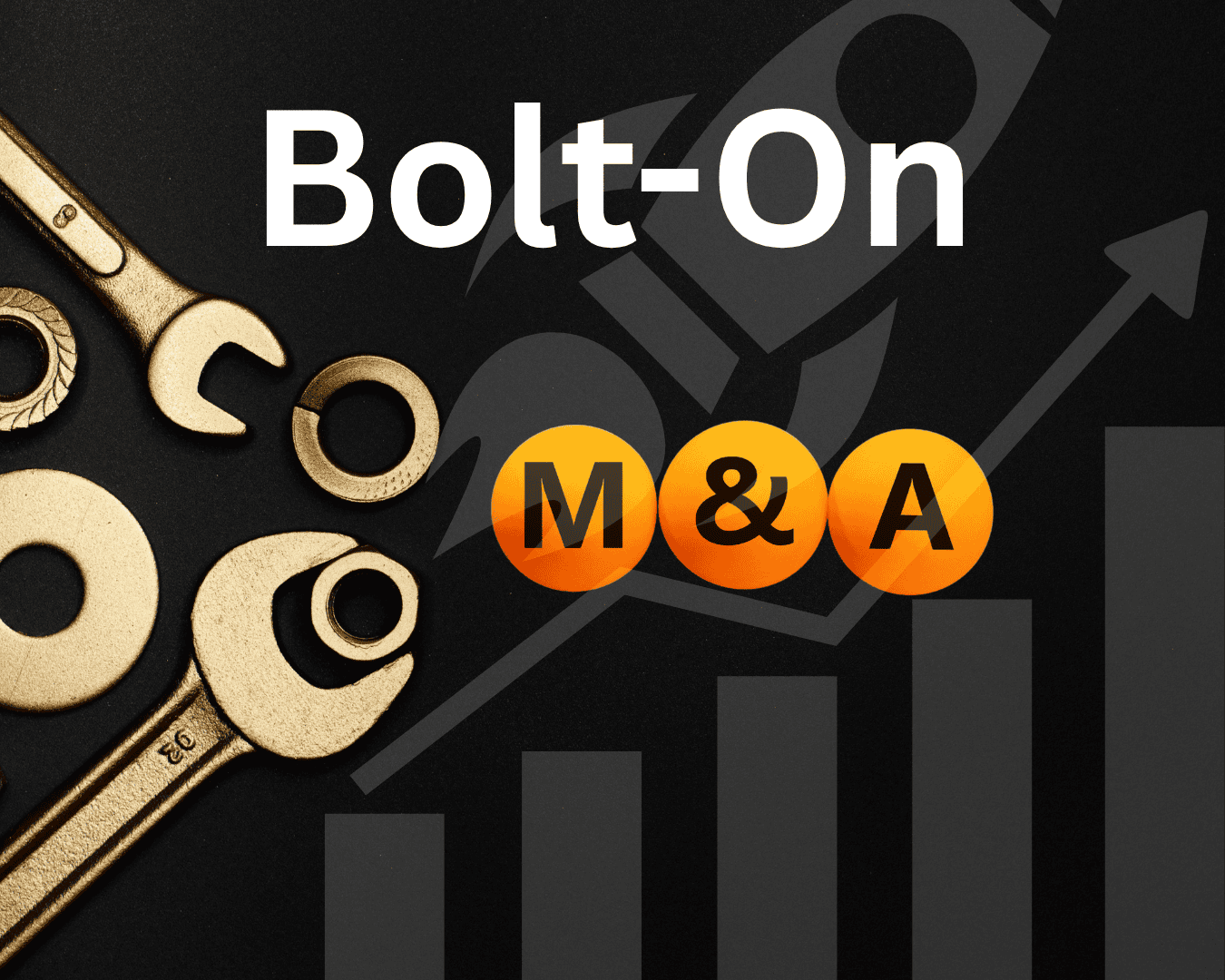





















.png)
%20Loans%20%26%20Your%20Buy-Side%20Edge.png)



